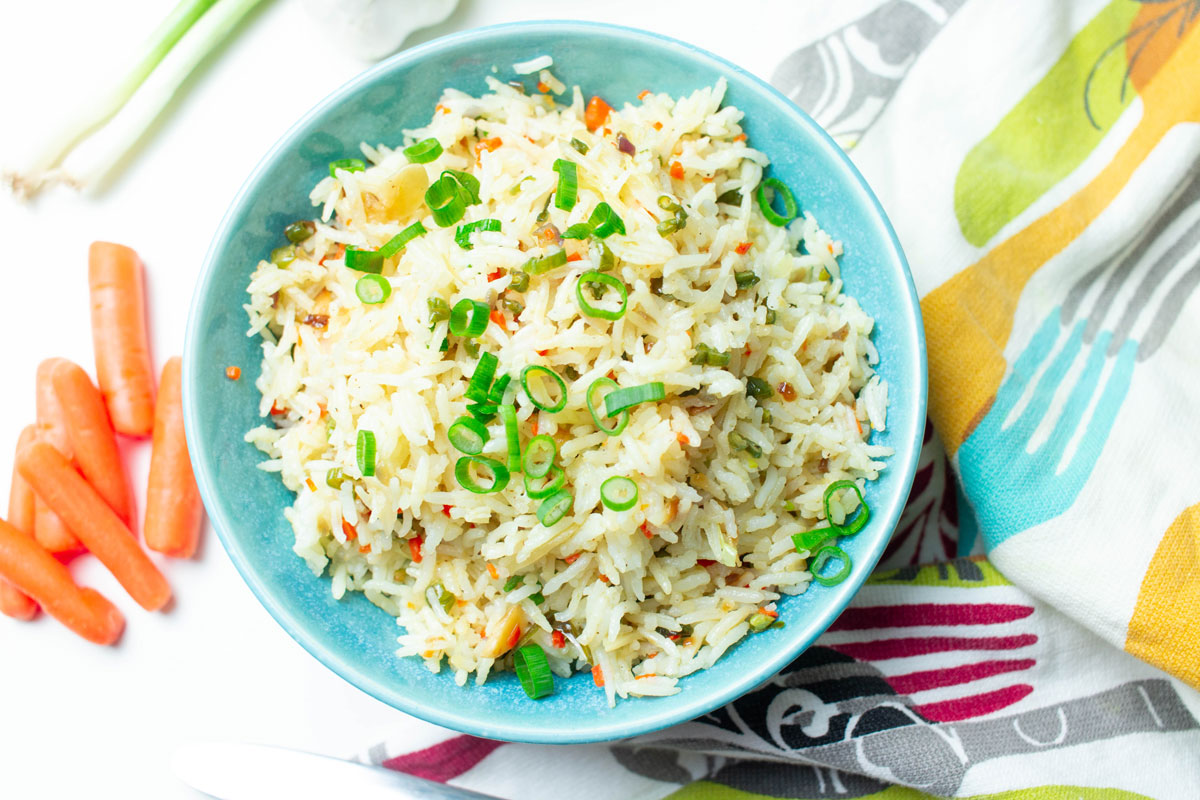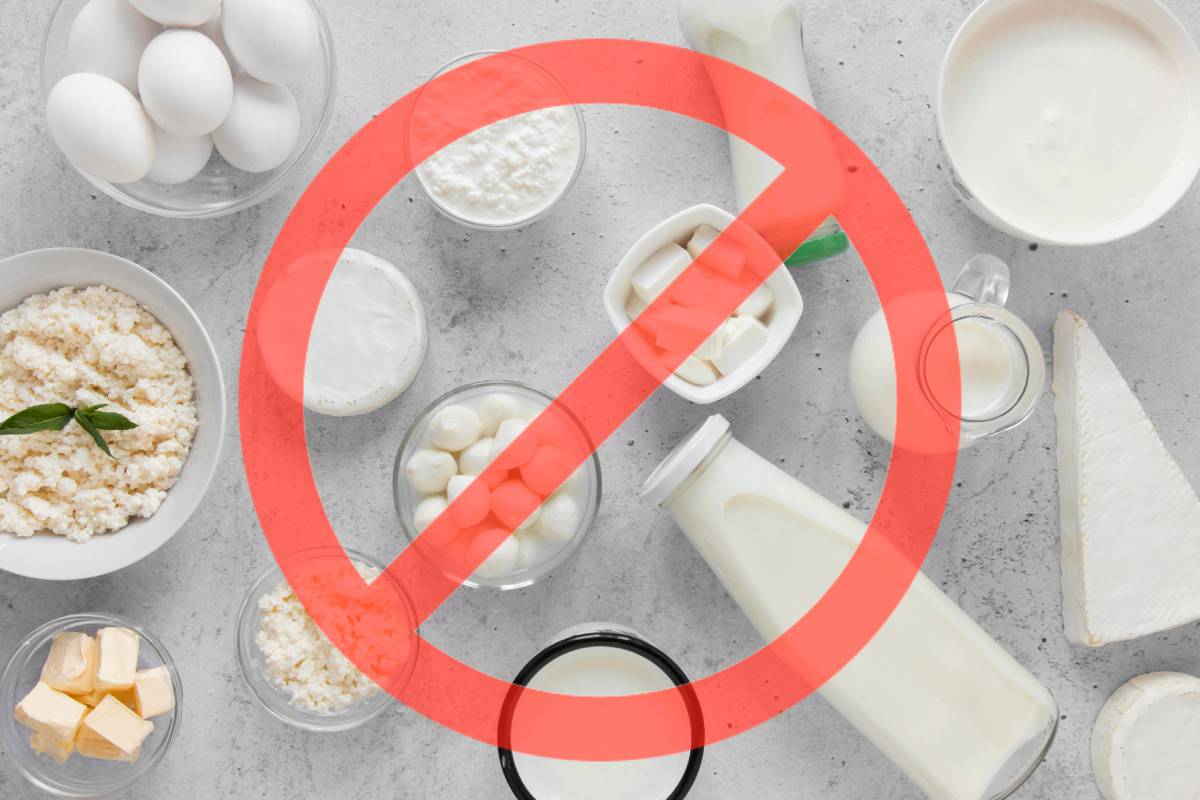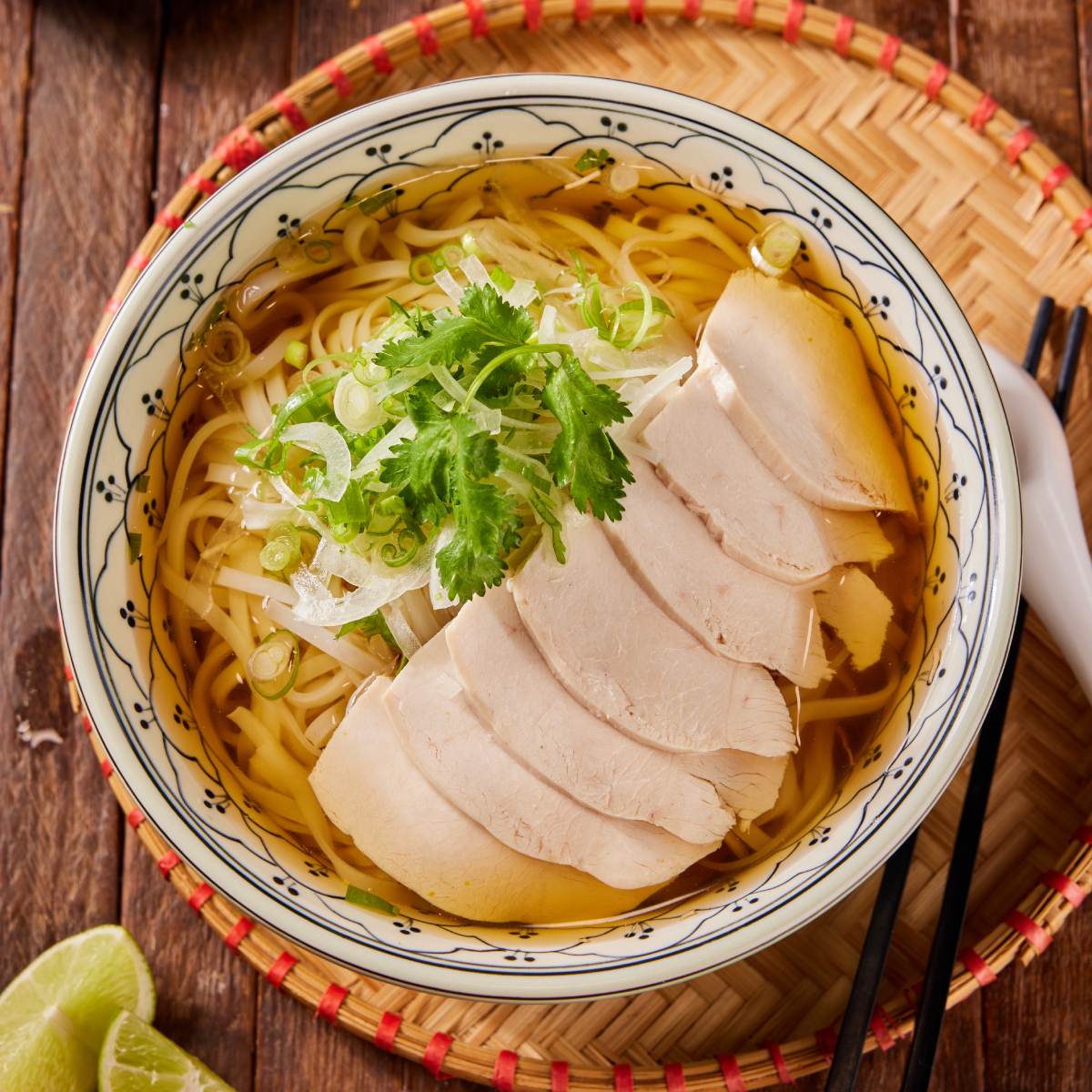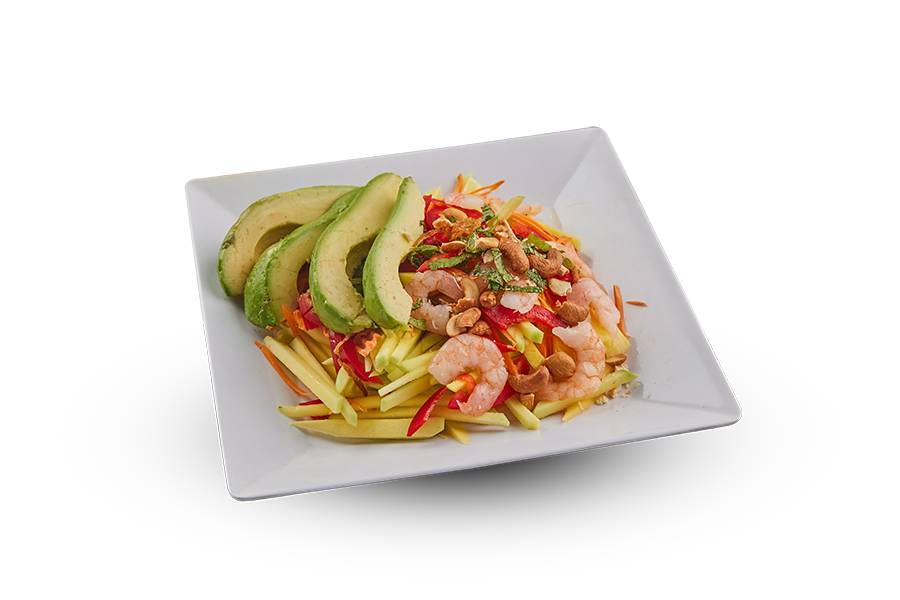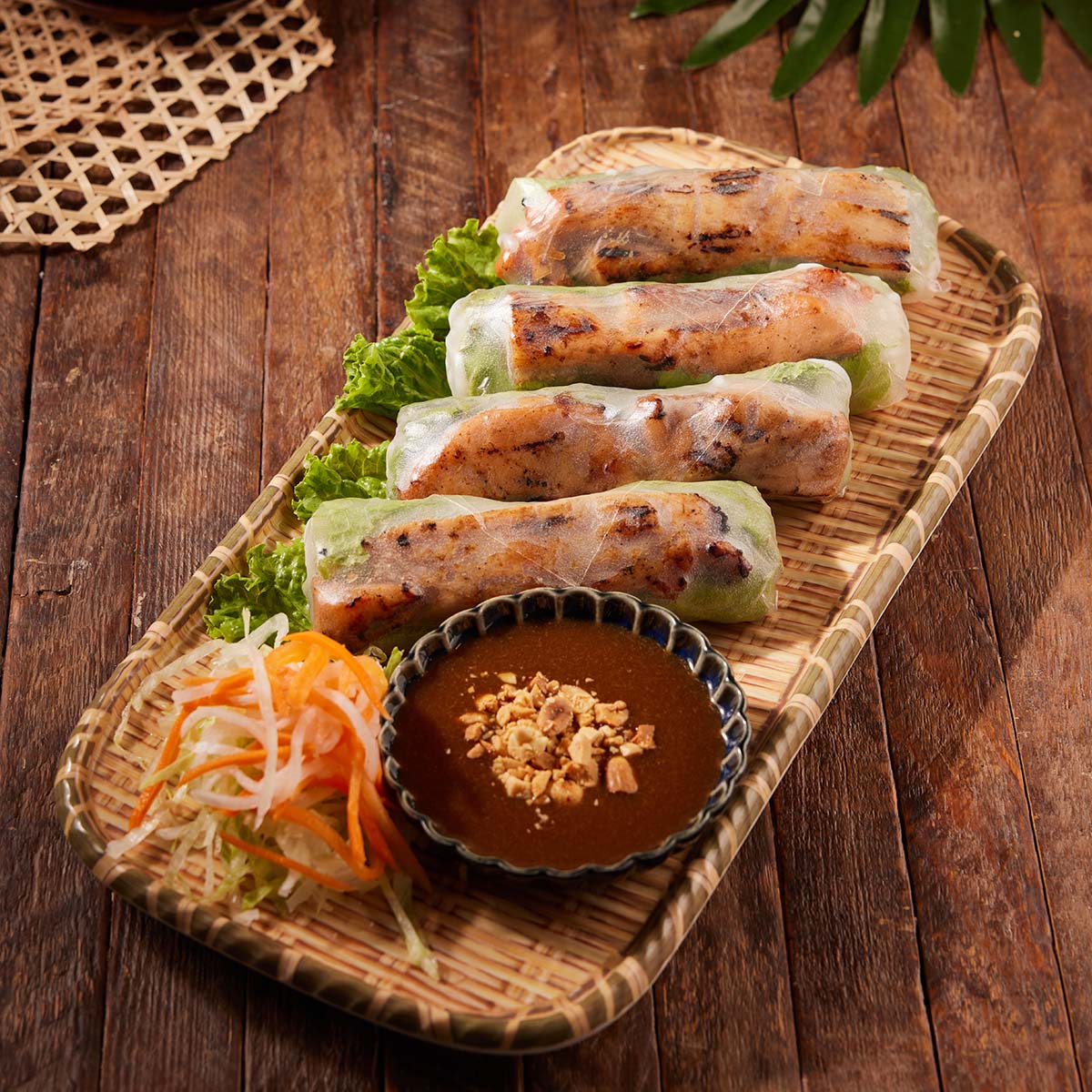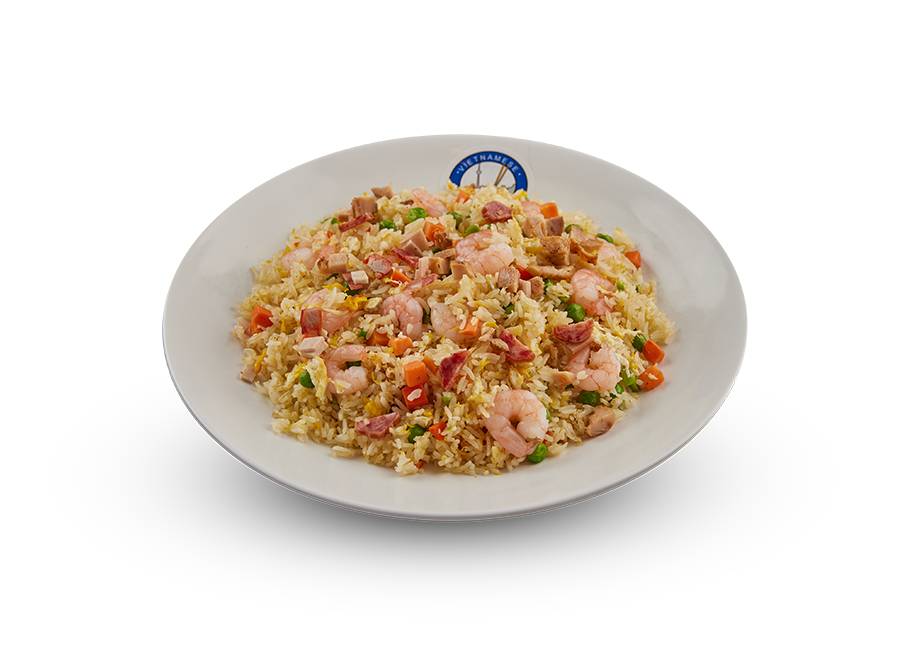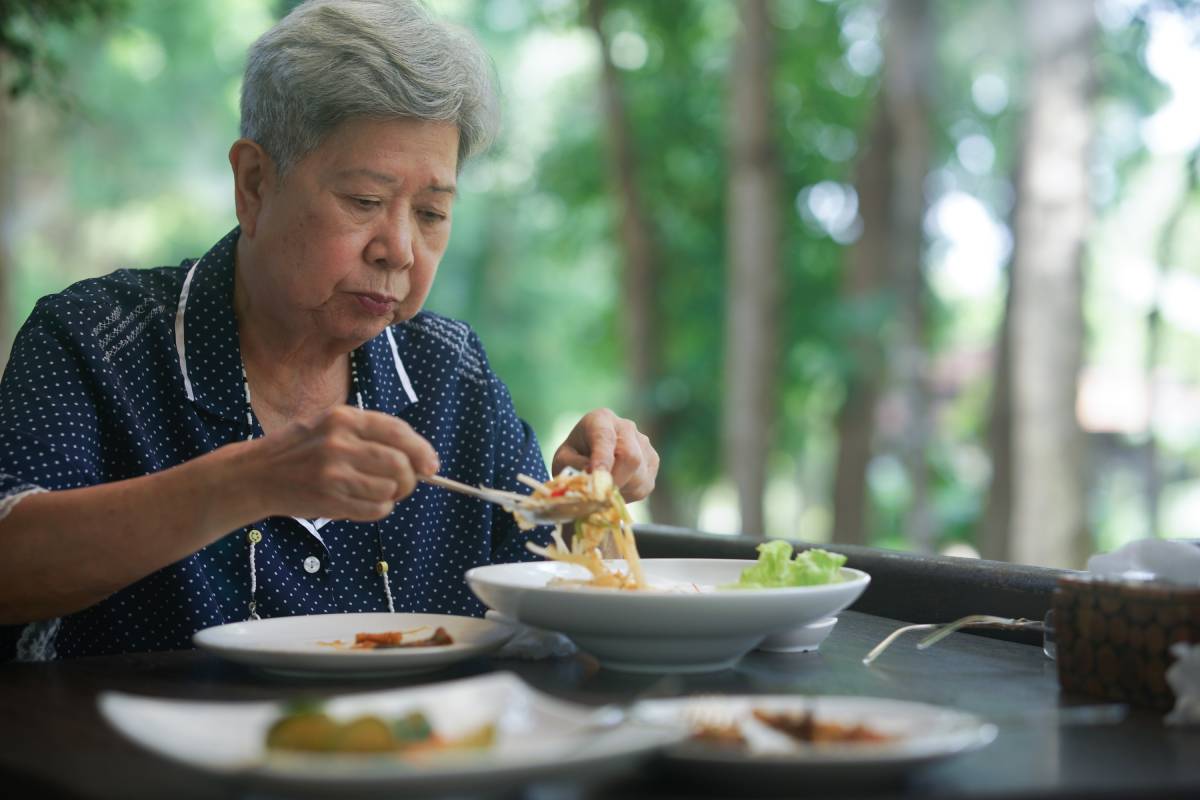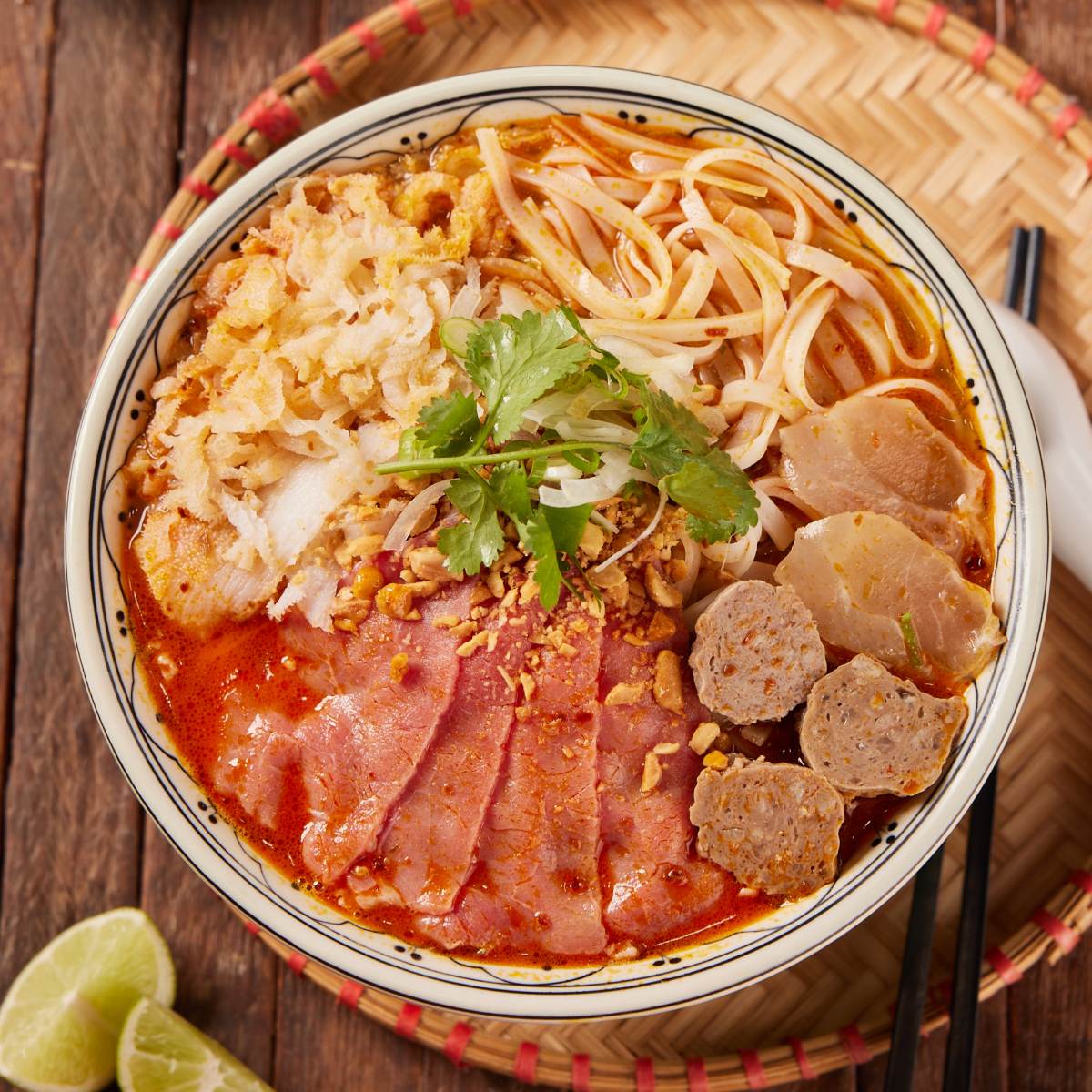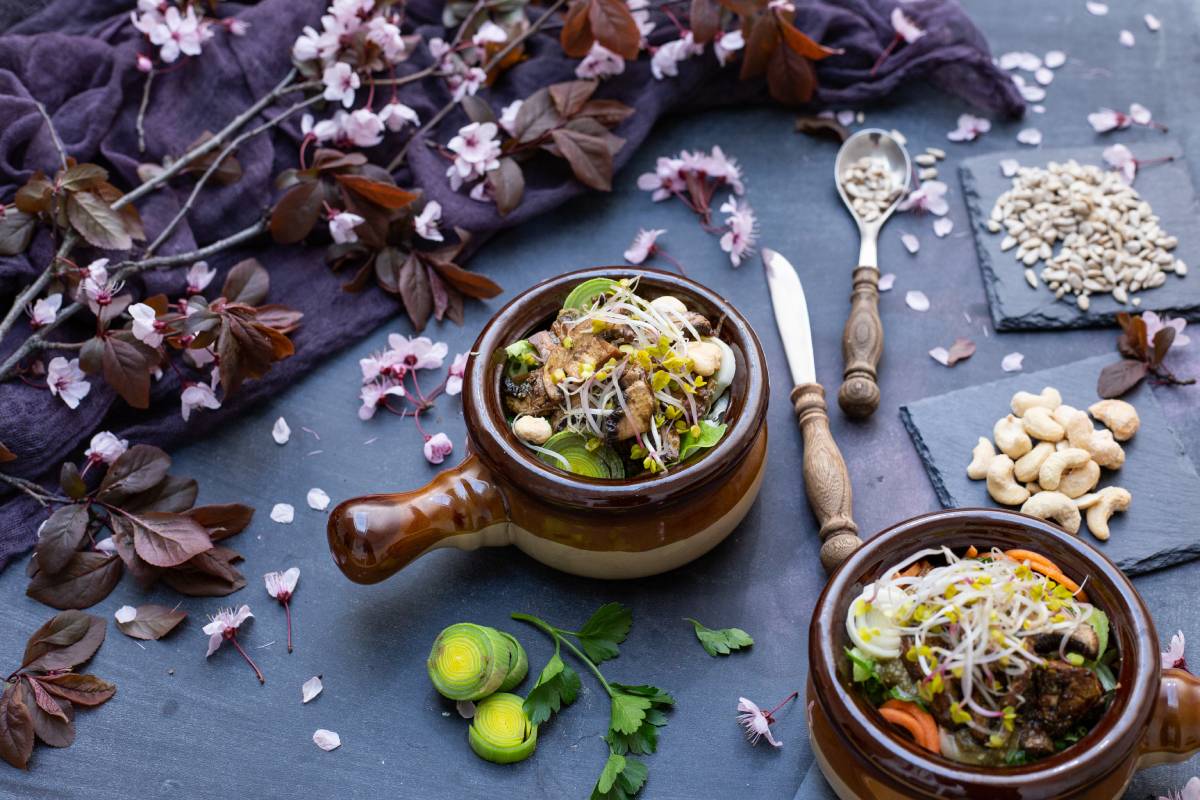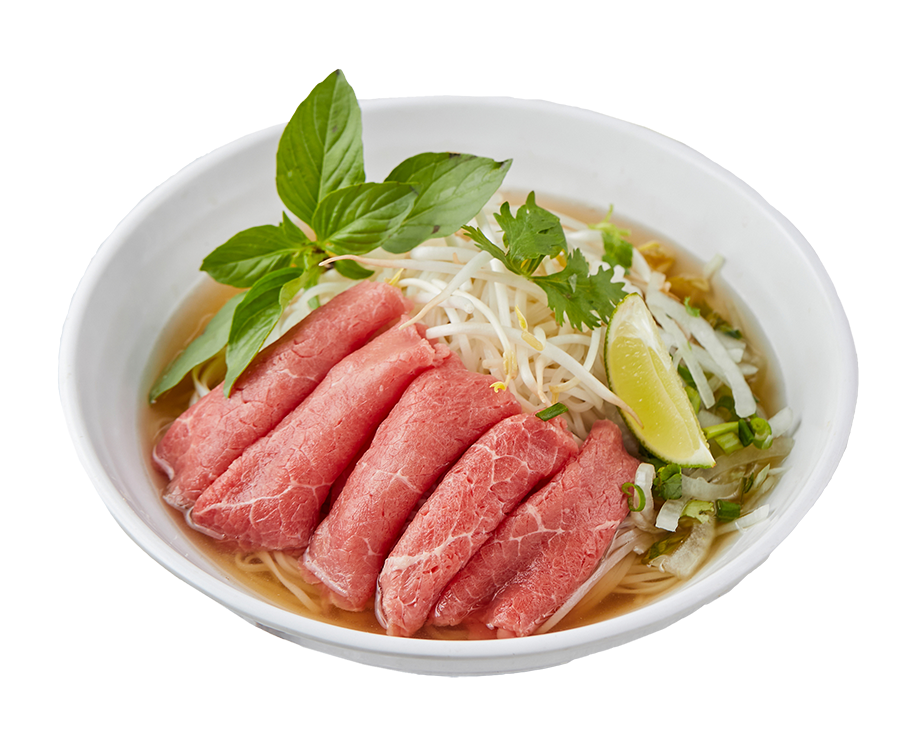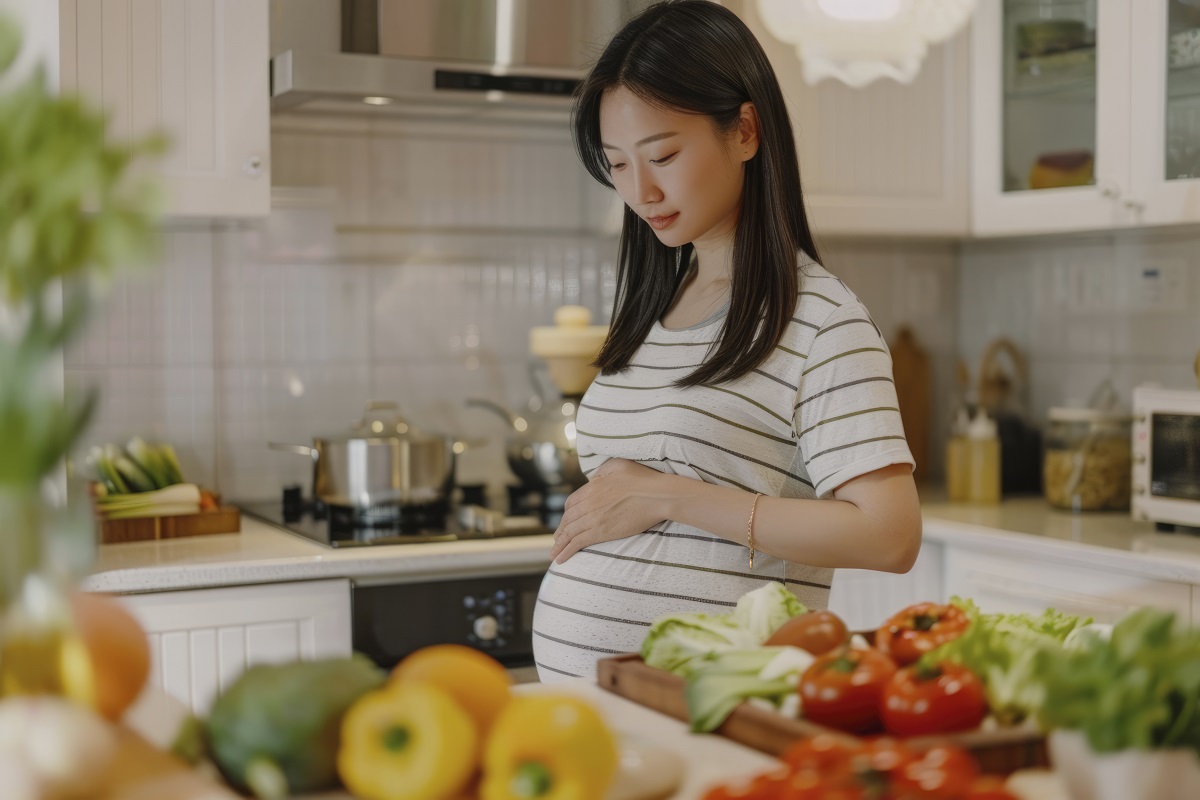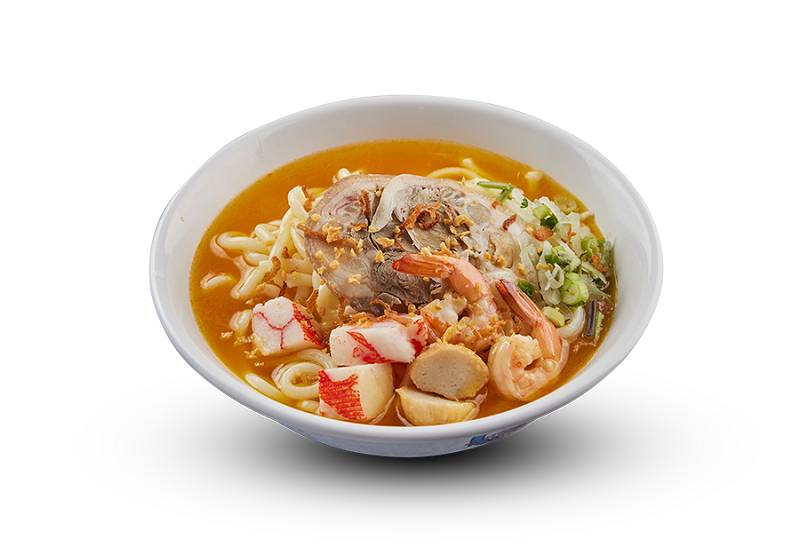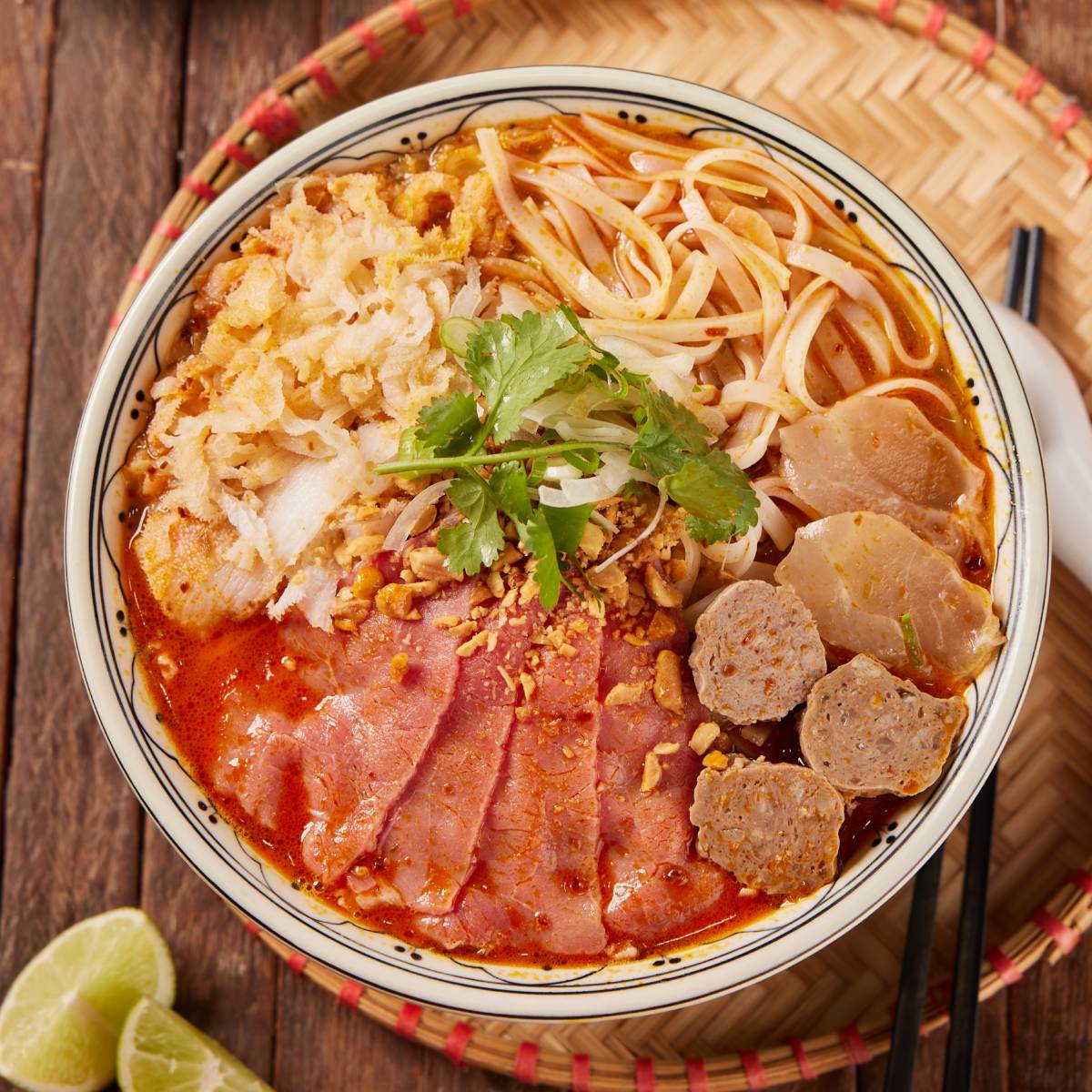To begin with, scientists have identified two main factors contributing to the increased arsenic levels in rice: irrigation practices and agricultural inputs. Irrigation practices are critical because they determine how much arsenic is absorbed by the plant roots—the more often a field is irrigated, the higher the level of arsenic in the crop. In addition, agricultural inputs such as fertilizers can also increase arsenic levels through their introduction into soil or water sources used for irrigation.
Fortunately, there are steps you can take to reduce your exposure to arsenic from rice consumption. The most effective way is to buy organic or sustainably-farmed varieties of rice whenever possible—as these are grown without synthetic fertilizers or pesticides that may contain traces of arsenic. Additionally, you can rinse your raw rice thoroughly before cooking it, as this will help remove some of the naturally occurring arsenic on its surface. Finally, try varying your grain intake by substituting quinoa or millet for some meals instead of relying on rice as your primary carbohydrate source.
Does rinsing rice reduce arsenic?
Some believe a simple rinse before cooking is an effective solution. Strain your grains using a mesh strainer and pour water over them until it runs clear. Cooking with excess liquid—try one cup of grains per six cups of water—then draining off any extra at the end can further ensure reduced amounts.
However, a recent FDA analysis demonstrates that rinsing rice before cooking has minimal effects on the arsenic content of cooked grains.
However, it can wash away essential minerals such as iron, folate, thiamine and niacin in polished and parboiled varieties.
Does white rice have less arsenic than brown rice?
Brown rice, on average, contains 80% more inorganic arsenic than its white counterpart. This is due to the fact that when making white rice, the outer layers (including most of the arsenic) are removed. Nevertheless, Brown has additional vitamins and minerals, making it a healthier option; thus, you should not entirely eat only white rice.
Why does Rice from Texas have more arsenic
Rice grown in Texas and Louisiana has been found to contain the highest levels of arsenic, a byproduct from when cotton was routinely treated with arsenic pesticides along the Gulf Coast over 100 years ago. This means that even today, rice cultivated in these regions can be more contaminated than others due to the lingering residue left by this historical practice
What kind of rice does Vietnamese eat?
The Vietnamese typically opt for Jasmine rice as their staple grain. After it is cooked, its texture becomes sticky and soft while maintaining a distinctive fragrant aroma. There are two types of jasmine rice – white and brown – with the former being the more popular option among locals.
Did you know that rice comes in three distinct varieties - long, medium, and short grain? Not only do these grains differ in length and shape but also in texture. Each type of rice is used for different cooking purposes, so it’s essential to choose the one most suited to your recipe!
Conclusion:
Rice contains higher levels of naturally-occurring arsenic than other grains due to certain agricultural practices and inputs used when growing it. Fortunately, you can reduce your exposure by choosing organic varieties whenever possible and substituting other grains for meals instead of relying on rice exclusively for carbohydrates. Following these simple tips, you can safely enjoy all types of grain without worrying about over-exposure to toxic elements like arsenic!
What Does Toronto PHO offer?
Toronto PHO, offer Authentic Vietnamese-style Fried Tilapia with Ginger Fish Sauce with Steamed Rice (Cá Chiên Mắm Gừng)
Or Grilled Beef on Rice (Cơm Bò) in Vaughan, Kleinburg, Toronto, Woodbridge, or Hamilton, visit TorontoPho.com.
We are a growing Vietnamese restaurant committed to serving authentically prepared Asian Vietnamese foods correctly and healthily.
Our PHO is a proud creation alongside many of our other menu items.
So come and enjoy some delicious Vietnamese food at one of our 4 locations across Ontario! We’re open late night to satisfy all your cravings!

